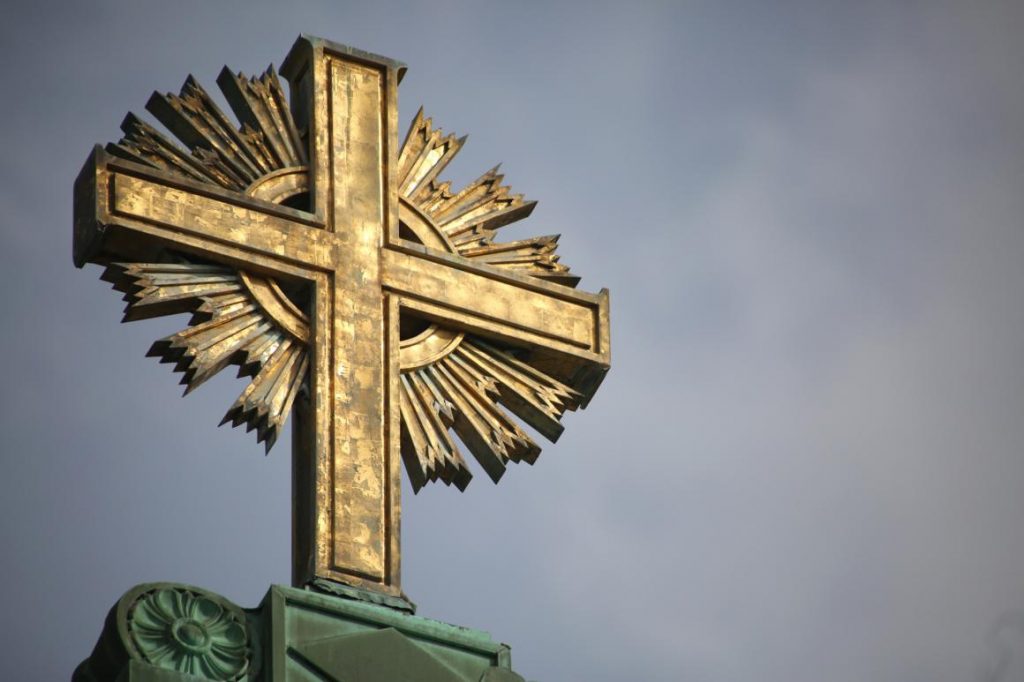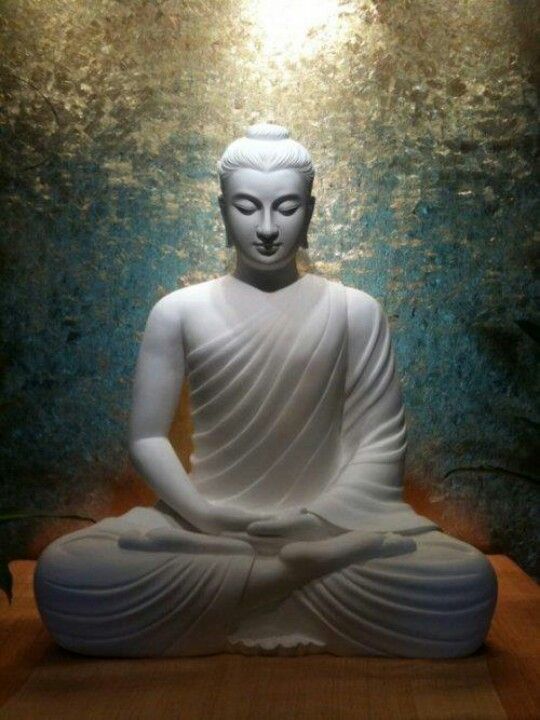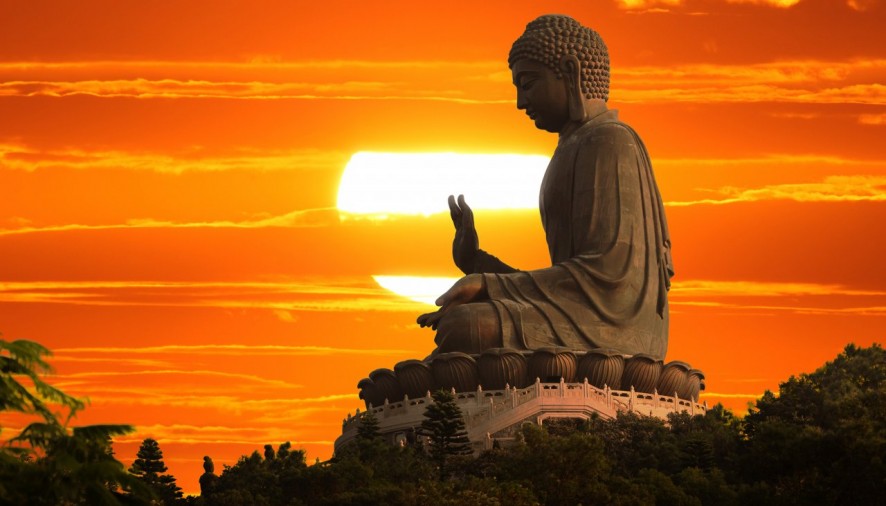My meditation practice, which began with an explosive insight in my late-teens, before I knew anything about Buddhism (or meditation for that matter), appears Buddhist. It’s the antithesis of sitting in a room with a group of strangers staring at a wall however.
Over the years, I’ve talked with Buddhists and participated in Buddhist meditations and short retreats.
I’ve come to feel that transplanted Buddhism, despite or because of its popularity, has not contributed to the spiritual life of the West. I’ve yet to meet a Buddhist that actually regularly initiates and ignites meditative states.

Whatever life-giving insight Christianity once had, had dried up by the time Buddhism was imported to California in the ‘60’s. Clearly, when the rootstock is dead, a graft will become dead too. But I question whether the graft of Buddhism was a living transplant to begin with.
As a heretical mystic raised in a strict Catholic tradition, I didn’t become religious until I dropped Catholicism and organized religion completely as a senior in high school.
It was not an impulsive act of juvenile revolt. I studied the teachings and history of the Church for three years, and observed priests and nuns that I continued to respect in church and parochial school, as well as those I didn’t. (There was no pedophilia in our parish at that time that I know of.)
Growing up while the Mass was still in Latin, and having to learn a good deal of it in class and as an altar boy, the rituals of the Church once held mystery. But they seemed routine, even rote by the time I reached the 9th grade. Compulsory Mass six days a week tends to do that to inquisitive young people.
Again, I didn’t just drop Catholicism; I dropped organized religion. I didn’t become atheistic however, simply actively agnostic. By which I mean I took the view that human beings can directly perceive what is true and what is false, and that nothing is fixed.
I now realize that this questioning approach, with the intent to have insight into the false and true inside and outside myself, poured the foundation for mystical experiencing.
By mystical experiencing I simply mean direct communion with wholeness and holiness, words that have the same root. In my later teens, there was an explosive insight into one’s own mind and the mind of man, which yielded what Trappist monks call “union with God.”
Buddhism revolves around meditation. Many Westerners have made a living swindling people through teaching some system or technique of meditation, packaged or lifted from the scriptures and rituals of a Buddhist tradition.
What is meditation? Is it the innumerable methods and practices from the East, or their Western imitators? Is it what Christians call contemplation, or prayer?
Meditation, as I understand and ‘practice’ it, has nothing to do with methods and systems for quieting the mind. Even the ubiquitous injunction to ‘watch your breath’ is false to my mind, because it is exclusive and self-directed, rather than inclusive and undirected, as meditation essentially is.
The senses are the gateway to meditation. In the past, both the Christian and Buddhist traditions denied the senses, believing they led to desire and pleasure seeking.
But that was an enormous existential mistake. For meditation to ignite in the brain, one has to allow the sensations of the present to supersede the memories, concepts, conditioning, and associations of the past. Desire and pleasure seeking grow out of thought, not out of sensation.
The illusory, separate self is the interpreter, and interpretation ends with full sensory awareness. Watching everything inclusively and choicelessly, especially the watcher that interprets and chooses, attention gathers and grows intense. Meditation begins when the watcher ends.

From the moment you stepped out onto the patio, you could feel imminence of the storm, and with it immensity. The sky was churning with gray masses, and the wind blew in ominous gusts.
Unlike much of the country lately however, no tornadoes were predicted, just a flash flood warning for the “Camp Fire burn scar area.”
The first roll of thunder was distant, not preceded by discernable lightening. But as the senses sharpened and meditation deepened, the lightening and thunder grew closer together.
A few drops began to fall; shortly thereafter, the downpour began. It was intense, culminating in an enveloping burst of lightening with a nearly instantaneous thunderclap over the house. From start to finish, it lasted only about half an hour.
It’s a tremendous thing to sit quietly and observe the mind and emotions in the mirror of nature. It’s true meditation, not all the silly systems, methods and techniques being sold on the market to the gullible.
Meditative experiencing is not personal and idiosyncratic, but universal and timeless.
Martin LeFevre

